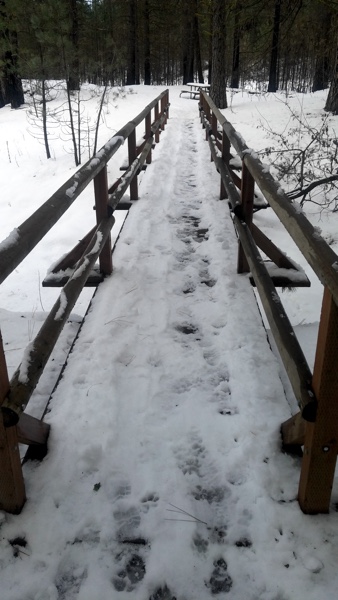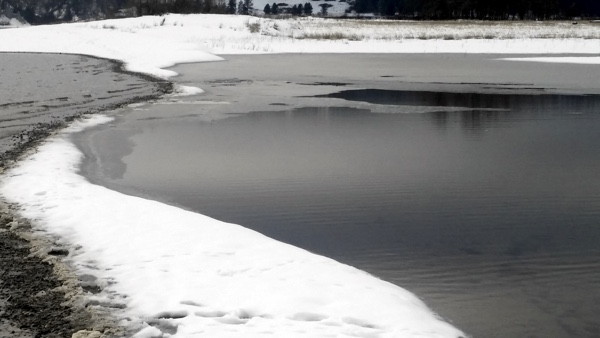 I’m a triathlete. I like metrics and benchmarks. Metrics give me a common means of measurement, and benchmarks provide a way to track my progress. In triathlon training, I can use heart rate, pace, speed, distance, timing, power, etc. to track my progress. Pretty standard means of measurement.
I’m a triathlete. I like metrics and benchmarks. Metrics give me a common means of measurement, and benchmarks provide a way to track my progress. In triathlon training, I can use heart rate, pace, speed, distance, timing, power, etc. to track my progress. Pretty standard means of measurement.
Hiking has no equivalent. There are just too many uncontrollable variables.
However, I found two sources that work to more or less give me the information I want: the National Park Service’s Shenandoah hiking difficulty rating formula and Northwest Hiker’s hike difficulty calculator. Each uses a slightly different formula, but each provides relatively the same result.
For example, the NPS formula (sqrt(elevation gain x 2 x distance in miles)) rates my Lena Lake hike at 106, or moderately strenuous, while the NW Hiker calculator rates it at 19, or challenging to difficult. (I don’t know how NW Hiker calculates its score.)
Looking at my North Fork Sauk River hike, NPS rates it at 75, while NW Hiker gives it an 11, which for both is “moderate.”
I realize neither of these rating systems take into account terrain, fitness levels, trail steepness, elevation, weather, pace, or obstacles. However, all of my hikes are basically on the same kinds of trails: relatively well traveled single-track dirt paths with exposed roots and embedded rocks. They may or may not have obstacles I need to climb over, climb under, or bushwhack around. They may or may not have water crossings. They may have relatively steep slopes or switchbacks, but they aren’t covered with scree or talus or require climbing using my hands. In other words, they’re not too technical. For my hikes, the only real variables are length and elevation. And, there’s really not a lot of variation in length, which leaves elevation as the primary variable.
 Since elevation is really the only variable, then these trail rating systems work (for me) as metrics. I can use them for a reasonably consistent comparison of the hike difficulty level.
Since elevation is really the only variable, then these trail rating systems work (for me) as metrics. I can use them for a reasonably consistent comparison of the hike difficulty level.
At some point in the future, that might not be true. But for now, it is, so I’m using it.
Your mileage may vary.